Polyurethane foam is another commonly used thermal insulation foam like EPS, XPS foam.
Its thermal conductivity is 0.03W/(m*k) which is almost the same with EPS foam. The advantage of PU foams is its wide range of characteristics which offers flexibility for application.
There are mainly three kinds of polyrethane foams devided by their characteristic and application:
1. Flexible foam used in bedding, furnature and automotive seating. Low density, open-cell-structure.
2. Rigid foam used for thermal insulation panels. Low density, closed-cell-structure.
3. Spray foam insulation for building insulation. Mixture of isocyanate and polyol resin forms expanding foam and are sprayed onto roofs, concrete slabs and into wall cavities.
One interesting thing is PU foams made using aromatic isocyanates discolor exposed to visible light. It turns from off-white to yellow to reddish brown. But visible light has little effect on foam properties.
One disadvantage of PU foam is its health risk like skin and respiratory harm present in spray polyurethane foams. But fully reacted polyurethane polymer is chemically inert.
Compared to EPS foam which is preffered in my thesis, rigid PU foam offers the almost the same thermal conductivity, but with a high bending strength and stiffness. So PU foam sheet can be considered to be put on top of the panel core to improve thermal inulation.
Here is the reference link:
http://www.recticel.com/index.php/company/what-is-polyurethane

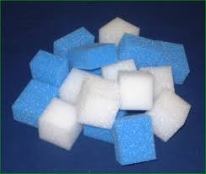
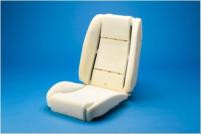

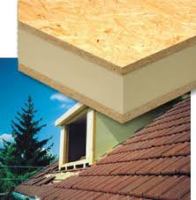
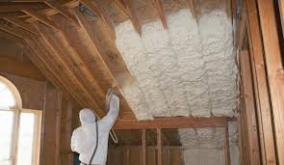
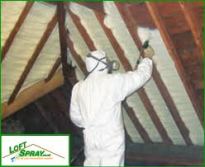
In which situation would you prefer the Econcore as insulation over, for example, PUR panels? It sounds like it’s quite a good and flexible isolation material.
The main property of Econcore penal is light-weight, low cost and fast production. So Econcore penal is prefered at these requirements like suitcase, furniture and automotives. Thermal insulation is an adding performance.
Why is EPS foam preferred to fill up the cores in the panels ? Polyurethane spray foam seems also like a good candidate to fill up the cores of the panels.
The main problem is the health risk of spray foams.
Do all three of these PUR applications have the same thermal conductivity? Or does the production process change this value?
Due to the productoin process, they have different thermal conductivities for different cell structure (open cell and close cell) and different densities.